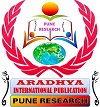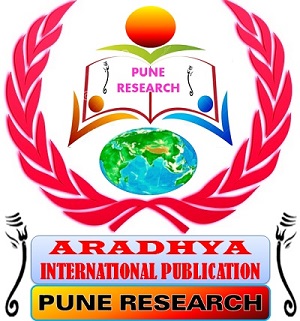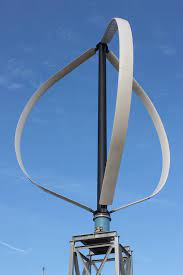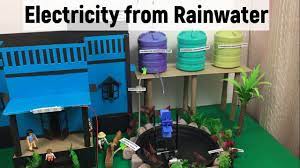DISPUTES MANAGED IN SPORTS
DEV J. VORA & PRANSHAV PANDYA
ABSTRACT
Sports disputes refer to disagreements,
conflicts or controversies that arise within the realm of sports activities.
These disputes can arise between athletes, teams, coaches, organizations, and
other stakeholders involved in sports. The resolution of these disputes can
have significant implications on the integrity, fairness, and reputation of the
sports industry. The process of resolving sports disputes can vary depending on
the nature and complexity of the issues involved. Methods for resolving sports
disputes include arbitration, mediation, negotiation, and litigation. Effective
management of sports disputes requires a comprehensive understanding of the
relevant laws, regulations, and governing bodies involved in the sport, as well
as the ability to balance the interests of all parties involved. Sports disputes are common in the world of
sports, as athletes, teams, and organizations frequently clash over a range of
issues, including rules violations, performance-enhancing drugs, contract
disputes, and disciplinary actions. Resolving these disputes requires a
comprehensive understanding of the legal framework that governs sports, as well
as an appreciation for the unique cultural and organizational dynamics that
shape the sporting world. This abstract provides a brief overview of the nature
of sports disputes and the key legal and organizational factors that play a
role in resolving them. It also highlights the importance of alternative
dispute resolution mechanisms, such as arbitration and mediation, in
facilitating the timely and effective resolution of sports disputes.
Ultimately, a nuanced understanding of sports disputes is essential for anyone
interested in navigating the complex and dynamic world of sports law and
administration.







